Ryugu Asteroid Sample Shows Signs Of Ancient Life?
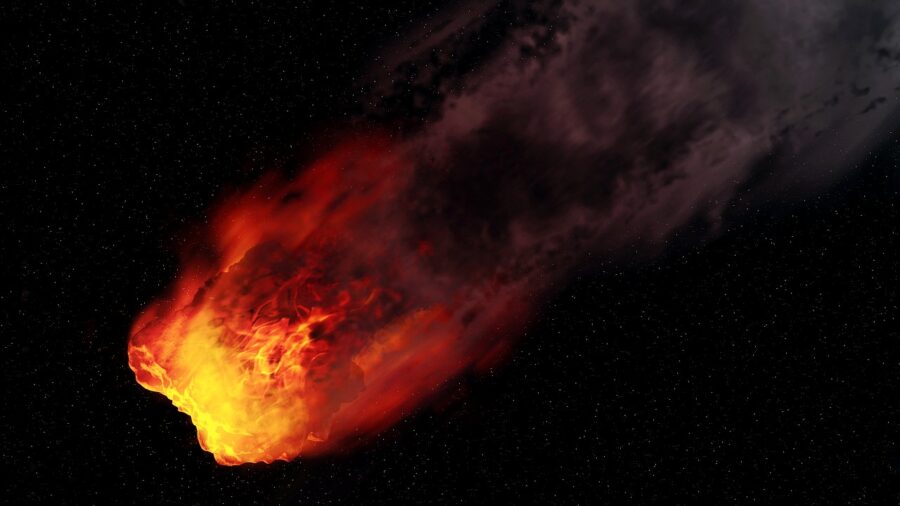
Japan’s Hayabusa 2 spacecraft returned a simple with more than 5 grams of matter to Earth in December 2020, allowing researchers to study a pristine example of the primordial solar system that isn’t contaminated or altered in an interaction with the Earth’s atmosphere.
Ryugu Asteroid Contains Ancient Water?
According to Sky & Telescope, recent studies of the aforementioned samples indicate that the Ryugu asteroid stems from a body that contained ancient water—and where’s water, there might be life.
It’s absolutely fantastic how most of the things we derive from the stars (and other celestial bodies) are done through observation and calculations alone.
Samples Brought To Earth
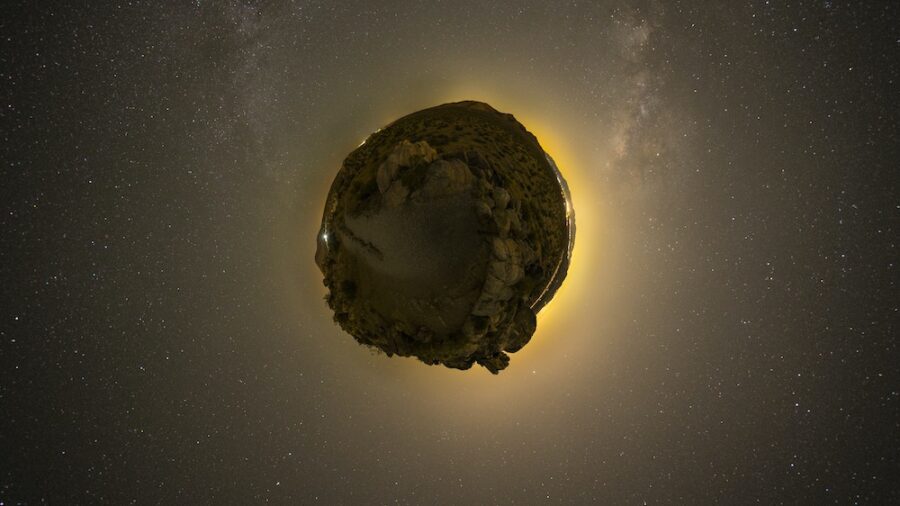
Einstein predicted the black holes, and we recently had an opportunity to see one on video; the technology and mapping of the sky are progressing.
But the most interesting finds are always the ones derived from samples brought back to Earth, which is precisely the case with a 5-gram sample brought back by Hayabusa 2 from the Ryugu asteroid.
Carbonaceous Chondrite
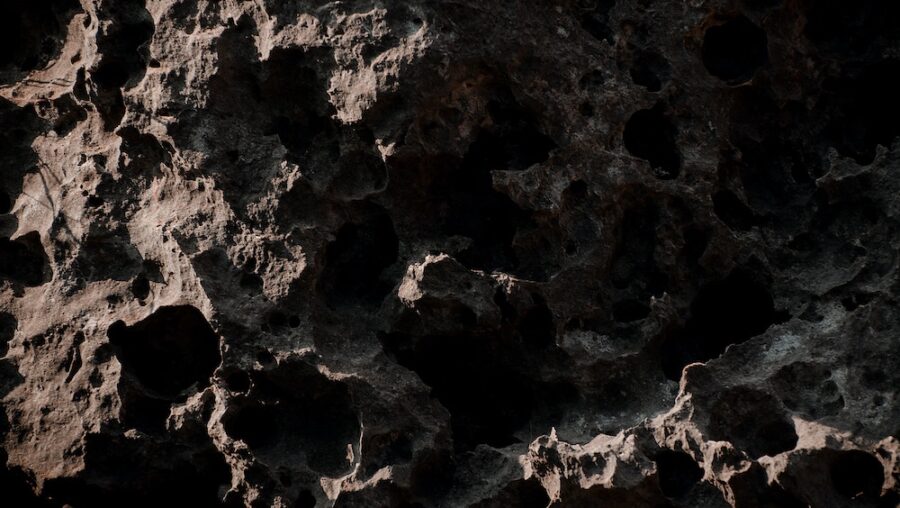
Previous studies of the Ryugu asteroid suggested that the asteroid is most likely a carbonaceous chondrite, which is a type of asteroid that’s very rich in carbon, volatiles, and organic compounds—to all The X-Files fans out there, no, this does not constitute alien life. But it might be indicative of it.
Now, to understand the importance of this find a bit better, we have to acknowledge that carbonaceous chondrites are pretty much similar, with a similar distribution of elements. However, the scientists found that chromium, which is water-soluble, doesn’t follow the same pattern.
Celestial Bodies That Had Water
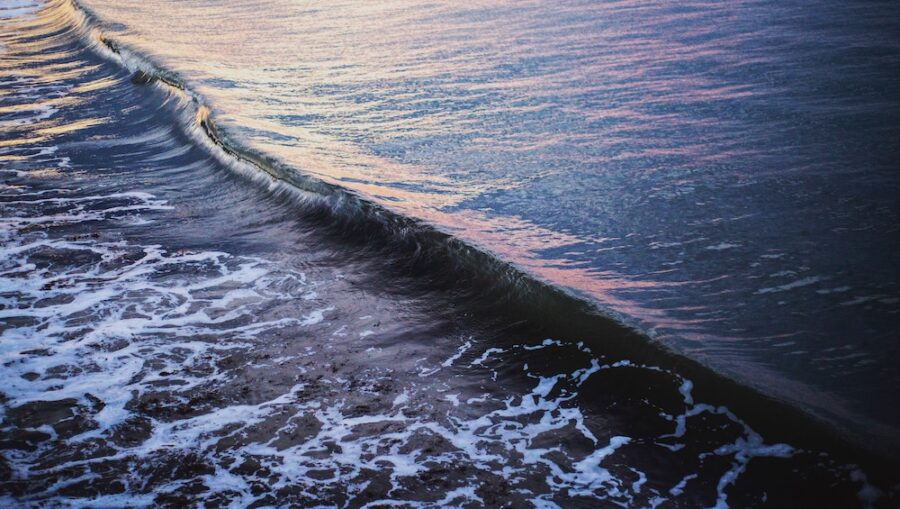
More precisely, chromium concentration over the Ryugu asteroid’s surface varies compared to other carbonaceous chondrites we’ve studied, and measuring the chromium-54 to chromium-52 isotopic ratio, which is currently stable under the dry conditions on the asteroid, holds the record of the past water exposure.
The scientists found that the variance in the chromium isotope ratio varies by nearly a factor of two. So, its origins trace back to a celestial body that once contained water.
Earth Was Bombarded
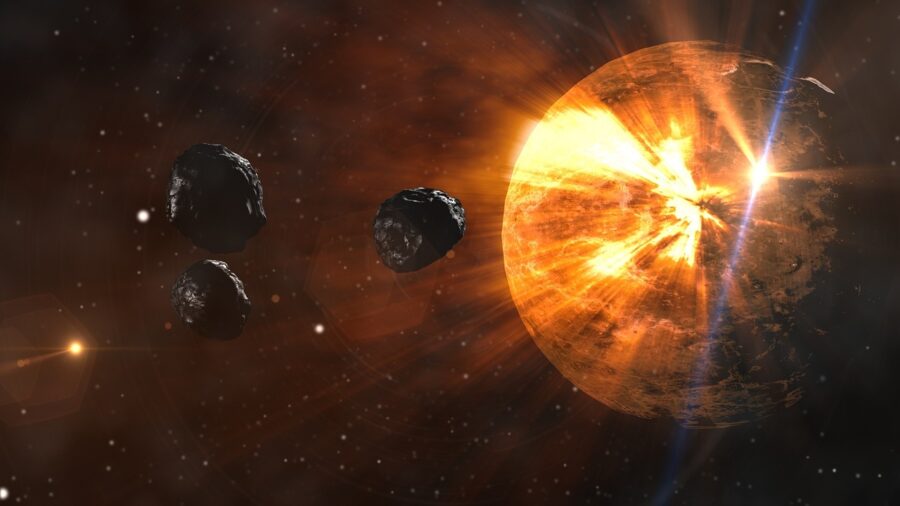
Studying carbonaceous chondrites is really difficult since most of them burn out when entering the Earth’s atmosphere, which is why the samples have to be obtained directly from the asteroid in space. But why does that matter?
Well, the prevailing theory is that a significant portion of Earth’s water came from space, specifically from icy comets, asteroids, and protoplanetary material from the early solar system.
During the Late Heavy Bombardment period—some 4 billion years ago—the young Earth was bombarded by a large number of comets and asteroids.
Further Testing
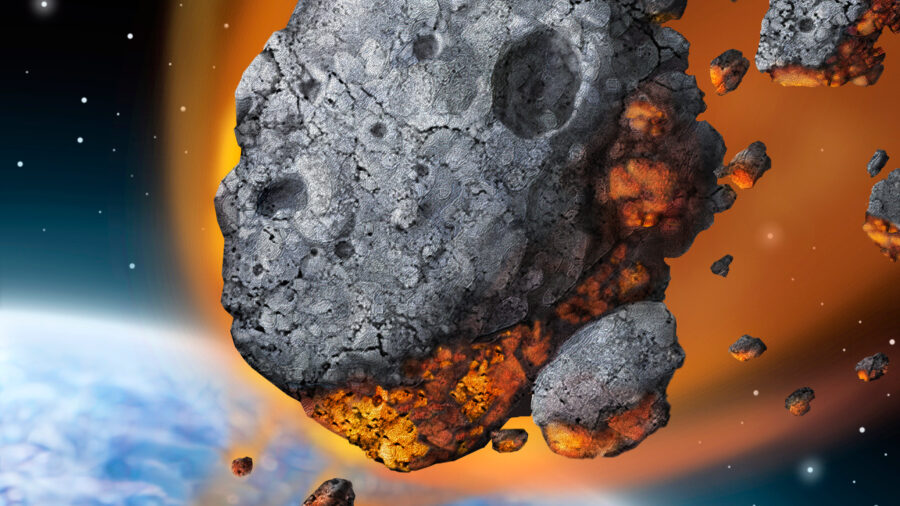
Carbonaceous chondrites, such as the Ryugu asteroid, were the Universe’s favorite type of ammo, which was also rich in water-ice and organic compounds.
This bombardment is often credited with delivering substantial amounts of water to the Earth, and there’s also a significant amount of isotopic evidence to support such claims. Another sample recently touched down.
However, the scientists at NASA had a really hard time opening the container with the sample without risking contamination.
The preliminary reports from the Bennu asteroid showcase pretty much the same data as the Ryugu asteroid; both contain water and carbon compounds, which are actually the building blocks of life. Cue The X-Files theme.












